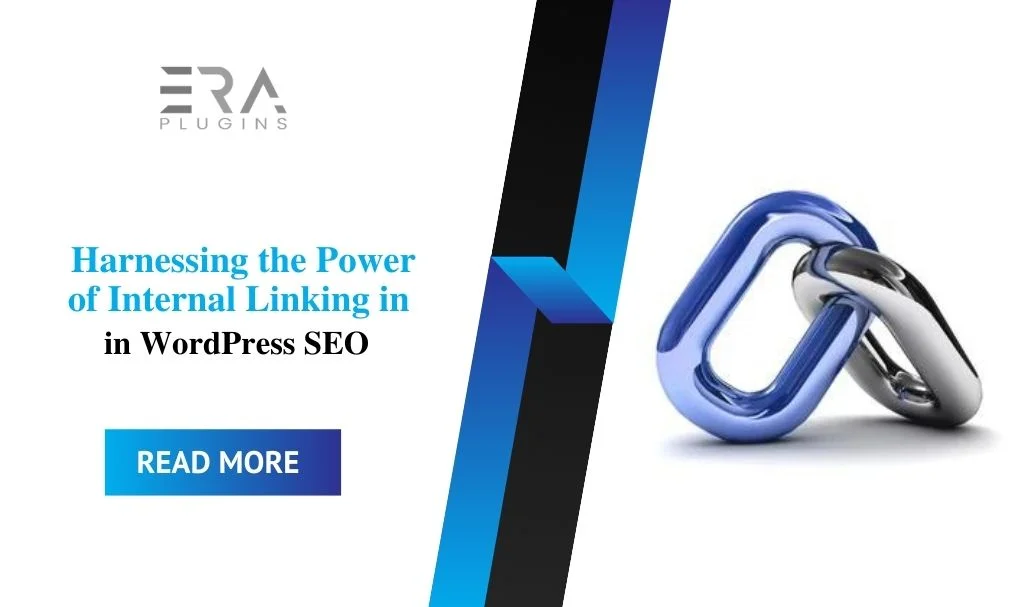Harnessing the Power of Internal Linking in WordPress SEO, Internal linking is a fundamental yet often overlooked aspect of WordPress SEO that can significantly impact your website’s performance in search engine rankings. By strategically placing links within your content, you can improve user experience, enhance site navigation, and boost your overall SEO efforts. In this article, we’ll explore the benefits of internal linking and provide insights into effectively utilizing it to optimize your WordPress website.
The Benefits of Internal Linking
Enhanced User Experience: Internal links guide visitors to related and relevant content on your website, encouraging them to explore further. This not only keeps users engaged but also reduces bounce rates, signaling to search engines that your site provides value.
Improved Site Navigation: Internal links create a logical structure within your website, making it easier for both users and search engine crawlers to navigate through your content. This enhances the overall accessibility of your site.
Distributed Page Authority: Internal linking allows you to distribute page authority across different pages of your site. By linking to important pages from less prominent ones, you can boost the SEO value of those pages.
Effective Internal Linking Strategies
Relevance is Key: When adding internal links, ensure they are contextually relevant to the content. Linking to related articles or pages provides value to users and enhances the flow of information.
Use Descriptive Anchor Text: Use descriptive and meaningful anchor text for your internal links. Avoid generic terms like “click here” and instead use keywords that accurately describe the linked content.
Prioritize Deep Links: While it’s important to link to your homepage and main categories, don’t overlook linking to deeper pages within your site. This helps distribute authority and promotes lesser-known content.
Create Hub Pages: Designate certain pages as hub pages that provide comprehensive information on a topic. Link to these hub pages from relevant articles to establish them as authoritative resources.
Best Practices for Internal Linking
Natural Integration: Internal links should fit seamlessly within your content. Avoid excessive linking that might appear spammy to both users and search engines.
Regular Auditing: Periodically review your website’s internal links to ensure they are functional and still relevant. Broken or outdated links can harm user experience and SEO.
Avoid Over-Optimization: While internal links are important, avoid over-optimizing your content with an excessive number of links. Quality should always trump quantity.
Harnessing the Power of Internal Linking in WordPress SEO efforts can yield remarkable results. By focusing on relevance, user experience, and best practices, you can create a well-structured website that not only delights users but also gains favor with search engines, ultimately driving more organic traffic to your WordPress site.





